Planting and growing perennial garden carnations
For over 100 years, perennial garden carnation has been one of the favorite flower crops among gardeners. To date, breeders have bred about 300 of its varieties. Planting and growing it in a garden area will not cause any particular difficulties. The variety of colors, abundant and long flowering make it one of the most popular ornamental plants.
Carnations are annual or perennial herbaceous plants no more than 60 cm in height with large flowers, single or collected in small inflorescences. Varieties differ from each other in plant height, flower shape and doubleness, flowering duration. We list the types that are most often found in garden plots.
Cirrus cloves, or terry
One of the most popular varieties. Plant height - 25-30 cm, flowers are simple or double, about 3 cm in diameter. Bloom lasts from June to August. Some varieties bloom again at the end of August.
- Turkish carnation
One of the most unpretentious and cold-resistant varieties, it can be grown from seeds. Sometimes it is undersized - 10-15 cm, there are also tall subspecies, up to 60 cm in height. Flowers can be monochromatic or variegated in color, with even or double petals, but are always collected in large inflorescences.
- Carnation herb
It is a wild-growing species that can easily be found in glades, meadows and forest edges. The plant is perennial, with a stem height up to 40 cm and small flowers, mainly pink and red. Since this species requires virtually no maintenance, it can successfully replace lawn grass in some areas of the garden.
- Indian carnation
It is most often used for indoor breeding, since it is found naturally in South America, Africa and Australia. Her flowers are white, large, collected in inflorescences, but not all buds bloom at the same time, but 2-3, so flowering lasts a very long time.
- Dutch carnation
Differs in a long flowering period, almost to frost. Planting and growing this type of carnation is most often done at home: this is a plant for indoor cultivation. It has many varieties, which are divided into 5 main groups: Souvenir de Malmaison, Shabo, Grenadines, American and dwarf.
- Carnation grenadine
It is the grenadine variety that is most often found in flower shops. The flowers of the grenadine are large, usually with double petals, of a wide variety of colors: white, yellow, red, pink. Grenadine has been cultivated for a long time; the Mediterranean is considered the birthplace of this flower. Despite its fragile appearance, this variety is as cold-resistant and unpretentious as others. These qualities make grenadine very attractive for cultivation in amateur flower gardens. The variety reproduces from seeds that you can collect yourself by choosing the most attractive carnation specimens.
Reproduction and planting
Perennial carnations are propagated by cuttings or by dividing the bush, some varieties are grown from seeds, such as grenadine. Annual plants reproduce by seed.
It is better to grow carnations from seeds using seedlings. Seeds are sown in March in boxes with loose fertile soil, covered with foil. Be sure to place drainage at the bottom of the box. After emergence, the seedlings are transferred to a cooler place. Seedlings need to provide good illumination, sometimes they even use fluorescent lamps for this.
After the appearance of the second leaf, the seedlings dive, increasing the distance between plantings. In the open field, plants are planted at a distance of about 30 cm from each other.
Reproduction by cuttings is carried out in June. Cuttings 10-12 cm long are cut from healthy stems, a longitudinal incision is made from one end and it is added dropwise in the open ground, well watering. The cuttings are covered with foil to maintain moisture and high temperatures. After rooting, the film is removed.
Caring for perennial garden carnations
Carnation is an unpretentious plant, so caring for it will not cause much trouble. In order for the planting to please with its abundant and long flowering, you need to adhere to just a few simple rules.
- It is better to choose a well-lit place for planting, the soil should be fertile, with neutral acidity. If the soil is acidic, it is good to add dolomite flour to it, and the heavy soil is improved by adding sand and peat.
- Do not plant tulips nearby, as they can infect carnations with their diseases.
- It is necessary to water the plants quite often, but not abundantly, excess moisture harms the carnation. It is also necessary to regularly loosen the soil.
- Tall varieties must be tied up to avoid stem breakage in strong winds.
- To obtain larger flowers, the side buds on the stems are removed. The plant will bloom longer if you remove the already wilted flowers.
- At the end of flowering, the carnation is cut, leaving about a third of the stem above the ground.
- It is advisable to fertilize three times per season: in the spring before the leaves bloom, at the time of bud formation and during flowering.
- If the winter is not very snowy, the plantings are covered with foliage or spruce branches and shoveled more snow.
Advice
To fertilize cloves, you cannot use fresh manure, and also apply too much nitrogenous fertilizers: their excess causes fungal diseases.
Diseases of cloves and their prevention
Outdoor carnations are less frequently affected by diseases than greenhouse plants. Bacteria, viruses and fungi, which cause various diseases, threaten plantings. Here is a list of the most common diseases.
Viral diseases
- Ring spot.
This disease is transmitted by nematodes. It is manifested by the appearance of yellow and gray spots in the form of rings on young leaves. Then the spots begin to turn black, the leaves turn red, the flowers become smaller and deformed.
- Bushiness.
The flower begins to form too many side shoots, stops blooming and growing. Nematodes are also carriers.
- Mosaic.
Light green stripes and spots appear on young leaves, which then dry out, turning into holes. Leaves curl, flowers shrink.
- Mottling.
It appears, like mosaic, in the form of whitish spots and stripes on leaves and flowers. The plant stops growing, the buds do not bloom. Spreads both aphid diseases.
To combat viral diseases, it is necessary to remove the affected plants, as well as weeds with signs of these diseases, as soon as possible, and to fight the pests that carry them.
Bacteriosis
The disease manifests itself in different symptoms, most often of three types.
- In the first form of bacteriosis, the root system is affected, the carnation withers quickly, the stems lose their elasticity, the roots and the root collar begin to rot. The flower dies within a month.
- The second form lasts about 4 months. Cracks form on the stem and side shoots, from which a cloudy liquid is released.
- The third form of bacteriosis manifests itself in the form of whitish swellings on the leaves. When pressed, droplets of cloudy liquid are also emitted.
It is impossible to fight bacteriosis; their prevention is necessary. To do this, before planting, cuttings of cloves must be treated with a solution of potassium permanganate.
Fungal diseases
The appearance of these diseases in garden plots is caused by the cultivation of flowers and vegetables in the same place for many years. Therefore, one of the preventive measures is to change the planting site.
Most often, carnation is affected by rust. The disease is manifested by the appearance of brown pads on the leaves and stems, which are filled with spores. When ripe, they burst, spores spill out and infect other plants. Affected stems and leaves dry out and may break.
Thinning of plantings, removal of diseased specimens, spraying with Bordeaux liquid or antifungal drugs will help to stop the spread of the disease.
Output
For decorative purposes, carnations are planted in groups or in compositions with other flowers. They look great on alpine slides of small stones, along stone curbs or on rocky slopes. You can grow them in pots or tubs, because their root system is shallow. Throughout the summer season, the carnation will delight with its lush and abundant flowering.
Cut flowers can stand in vases for more than a week without losing their beautiful appearance, especially the grenadine carnation.
Planting and growing garden carnations does not present any difficulties even for novice florists. So this charming flower can decorate almost any amateur flower garden.
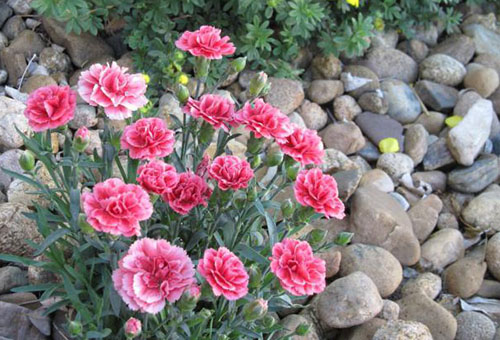
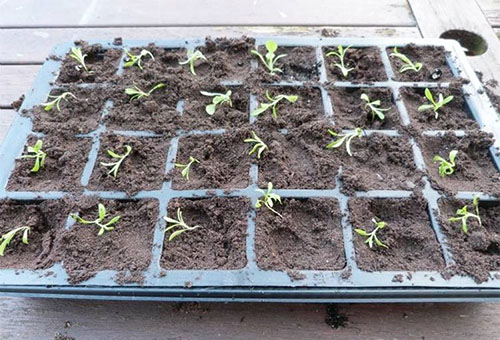
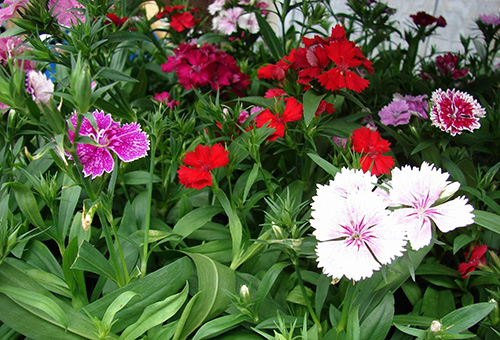
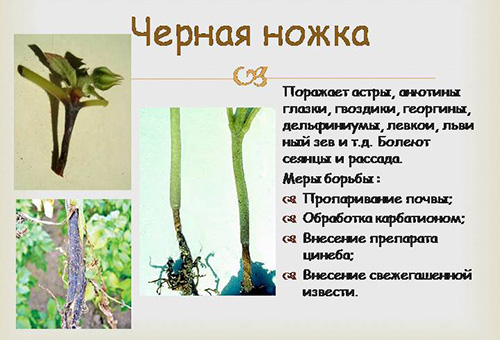
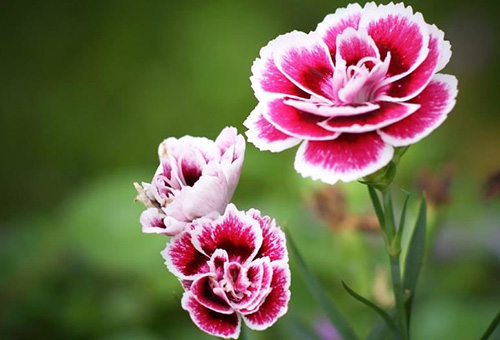
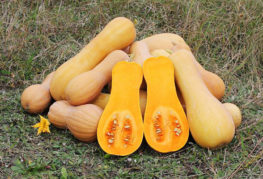
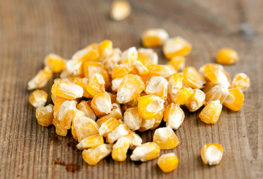
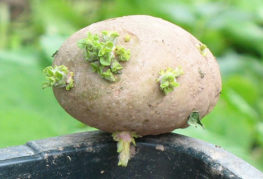
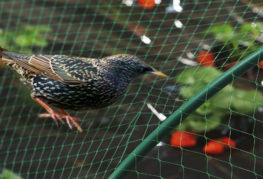
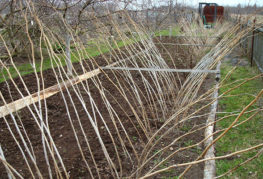
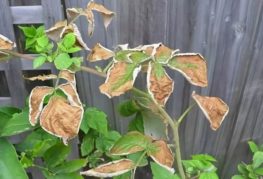
and will be published shortly.